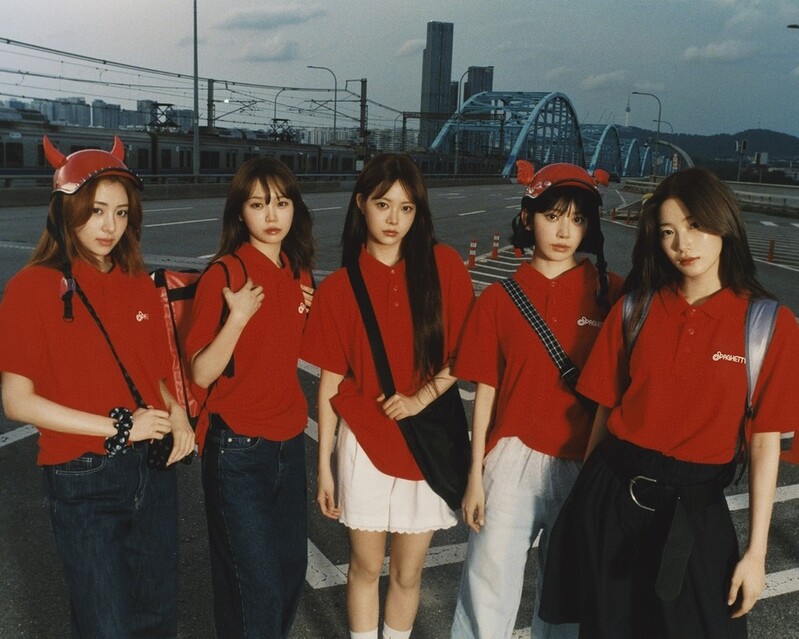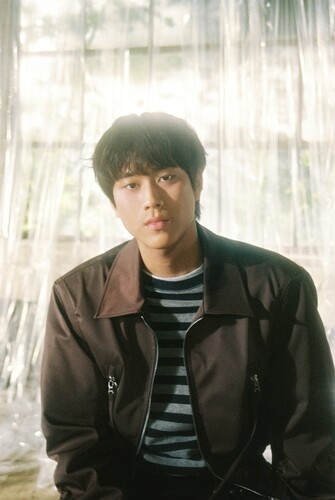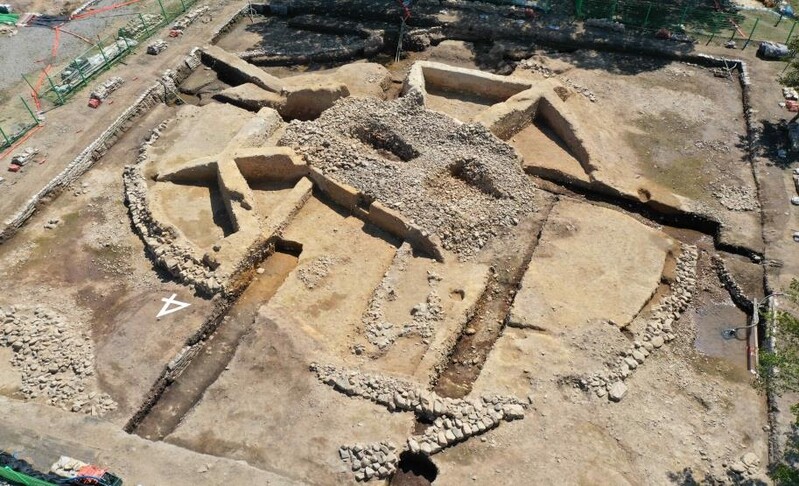 |
| ▲This photo provided by Cultural Heritage Administration show excavation site of tomb 120. (PHOTO NOT FOR SALE) (Yonhap) |
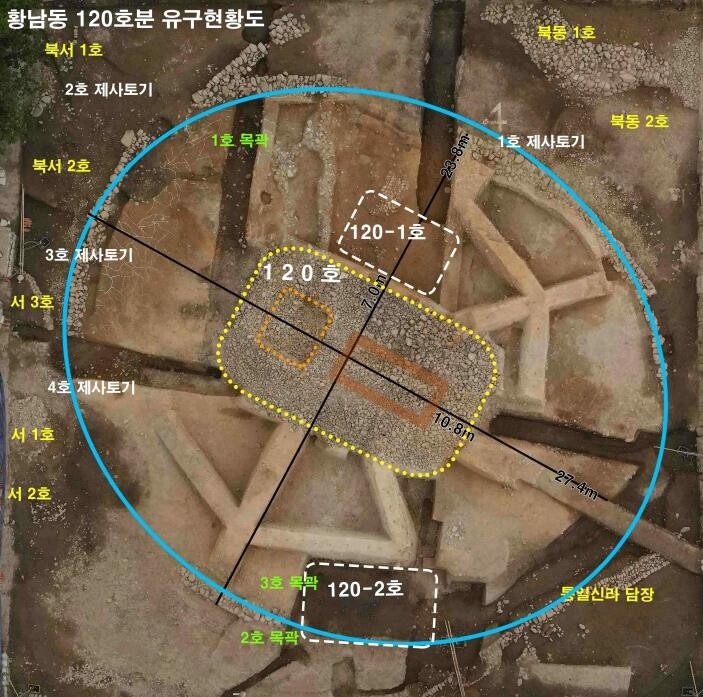 |
| ▲This photo provided by Cultural Heritage Administration show excavation site of tomb 120. (PHOTO NOT FOR SALE) (Yonhap) |
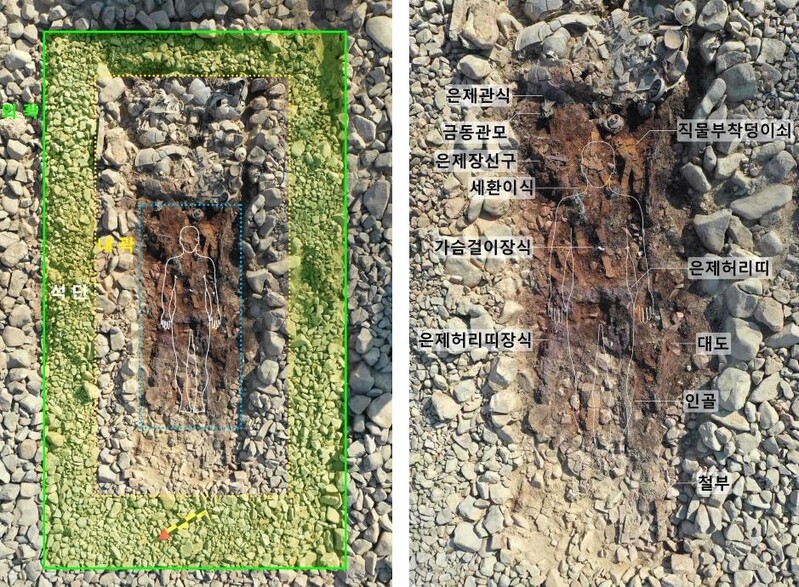 |
| ▲This photo provided by Cultural Heritage Administration show tomb 120 and how the body would have been placed. (PHOTO NOT FOR SALE) (Yonhap) |
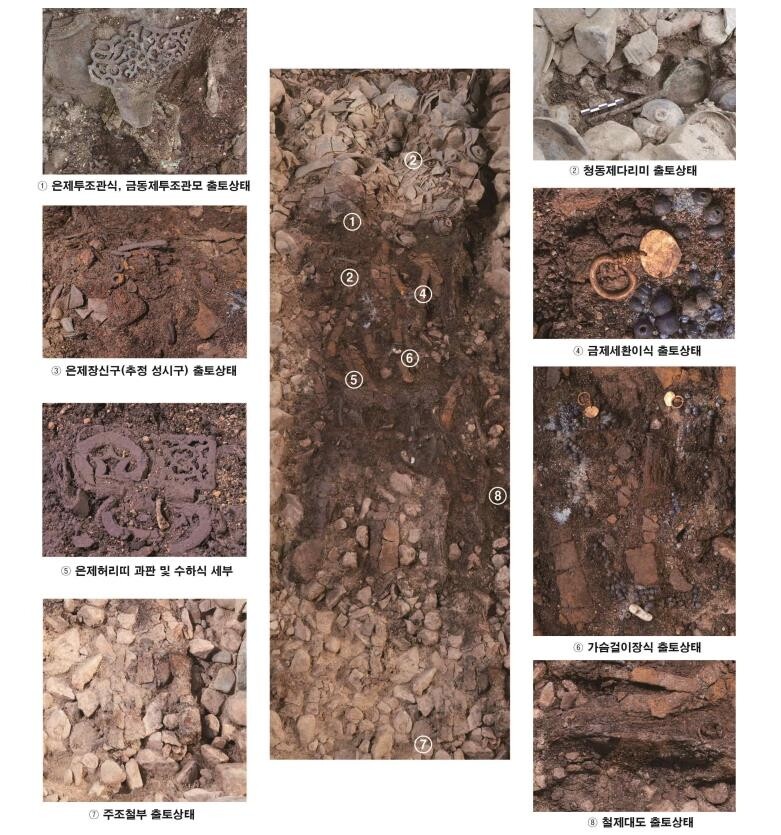 |
| ▲This photo provided by Cultural Heritage Administration show artifacts found within the tomb. (PHOTO NOT FOR SALE) (Yonhap) |
SEOUL December 8 (Yonhap) -- No. 120 Tomb of Hwangnamdong Tumuli in Gyeongju is expected to have been built during the late 5th century and belong to a male who is 165cm tall, according to the research.
Cultural Heritage Administration and Silla Cultural Heritage Research Institute released a statement regarding the research related to the No. 120 Tomb of Hwangnamdong Tumuli located within Daereungwon Ancient Tomb Complex on Wednesday.
No. 120 Tomb of Hwangnamdong Tumuli in Gyeongju consists of three mounds which consist of soil.
Number 120 was given by the researchers from the Japanese Colonial era, however a house was built on top of the mounds partially destroying the tomb, and now it is hard to indicate the existence of the tomb.
Cultural Heritage Administration and Gyeongju city government started their research in 2018 and confirmed the surroundings 120-1 and 120-2.
Within one of the tombs, 120-2 researchers have found “Glit Bronze Crown,” “Glit Bronze Shoes,” “earring with thick hollow ring,“ “Silver Belt,” “Silver bracelet,” “Silver ring” and more, which later on attracted a lot of attention.
When such flamboyant objects were found at the 120-2 tomb researchers expected those were the belongings of the one who was buried, therefore based on the jewelries found in the tomb researchers expect the buried subject could be a female.
Tomb 120 which is located in the middle is a stone built tomb with diameter of 28m.
After digging a hole in the ground, and placing wooden pads, they placed stones on top to create the tomb. The tomb consists of two different segments of wooden framed burial chambers, one which is the main containment unit used for the dead body, and an annexed chamber for storage of burial items.
Main chamber found within the tomb was 380cm, long and 165cm wide can be separated in to two main parts, one where the deceased body was stored with his or her head towards the east, and a storage unit with various objects such as earthenware bowls and more.
Before placing the decease into the coffin, thin metal plates were evenly placed on to the bottom of the wooden coffin, and the border of the coffin was stacked up with rocks. Thin and long metal plates placed within the coffin represent one’s wealth.
“Based on the remains on the bottom of the rock pile, the main coffin can be identified as wooden made coffin,” adding “Characteristics of the structure will be very helpful to us when researching about different tombs.” addressed researcher Lee Min-hyung of Silla Cultural Heritage Research Institute
Researcher and the Cultural Heritage Administration addressed “The owner of this tomb seems to have been a male with height of 165 cm.”
When the tomb was excavated for research purpose, the corps had thin earrings made out of gold, and glass made chest panel. Also silver belt and iron big sword were found within the tomb.
Near the head of the corps ornaments of silver open work hat and gilt-bronze openwork cap were found upside down giving the benefit of doubt that it would have been buried at the annexed chamber for storage of burial items.
“Judging by the candle bone found within the coffin, we assume the deceased buried within this tomb is male,” adding “Although he did not wear a crown, however given the fact that it was buried with the body gives evidence that he might have been part of the royal family.” addressed researcher Lee Min-hyung
Based on the artifacts found throughout the excavation Cultural Heritage Administration assumes that the tomb was built during the late 5th century.
(This article is translated from Korean to English by Joonha Yoo)
(END)
(C) Yonhap News Agency. All Rights Reserved













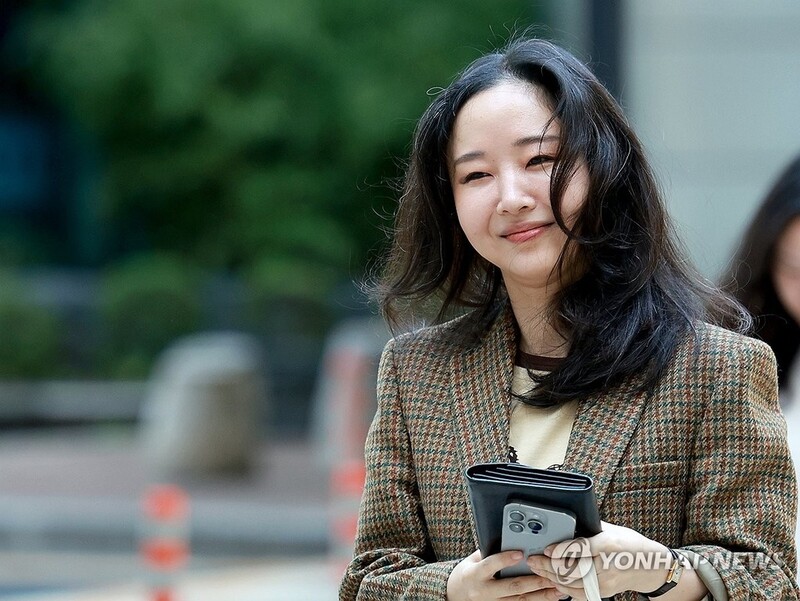
![[방송 소식] MBC 대학가요제 13년 만에 부활…26일 방송](https://korean-vibe.com/news/data/20251024/yna1065624915904676_716_thum.jpg)
![[신간] 레넌과 매카트니는 경쟁자였을까…'존 앤드 폴'](https://korean-vibe.com/news/data/20251024/yna1065624915904305_293.jpg)
